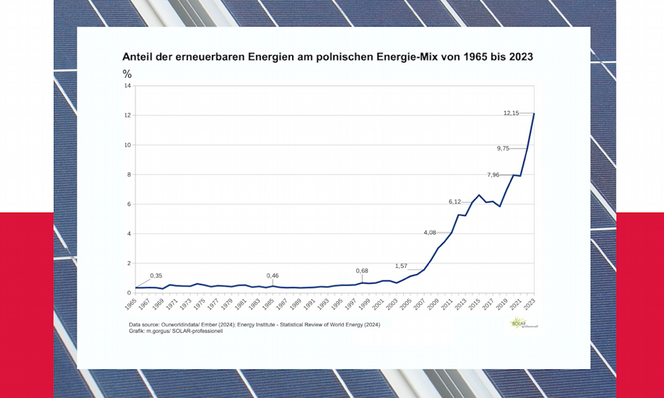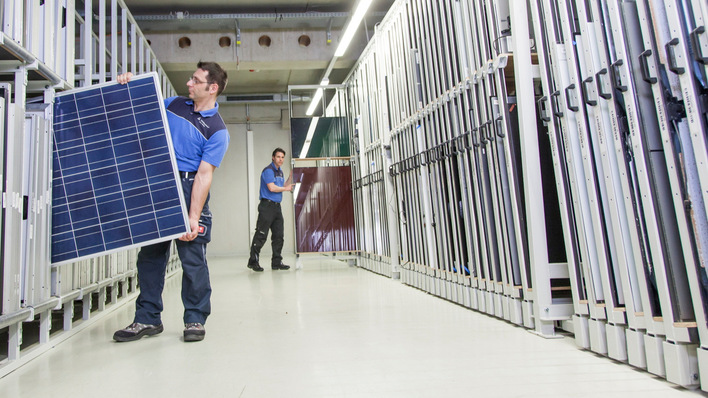At the Carl-Metz-Areal in Karlsruhe, Germany, the retail chain stores benefit from sustainable PV power from the customer's system (microgrid). In order to combine the framework power contracts of several parties with the on-site PPA (Power Purchase Agreement) of the operating company, Solarize Energy Solutions GmbH implemented for the first time an innovative metering concept for the implementation of the joint building supply in a lighthouse project - thus removing all hurdles that usually prevent large retail chains from participating in on-site PPA models.
Onsite PPA – innovative metering concept
Microgrids are also on the rise in the commercial sector - but large retail chains in areas with several other tenants in particular are struggling to integrate rooftop PV systems into their power supply concept. They are usually tied to specific energy service providers through long-term master power contracts for all stores. Against this background, the Carl Metz site in Karlsruhe is a lighthouse project. Here, chain stores such as Kaufland, Tedox and JYSK are tenants and can now cover part of their electricity requirements with sustainable PV electricity from the local microgrid. Despite their framework electricity contracts, they thus benefit from the onsite PPA. In this context, the German Federal Ministry of Economics and Climate Protection refers to "community building supply" in its recently published photovoltaic strategy.
On behalf of the operating company OSP OllisaSolar Power GmbH, Solarize has developed an innovative metering concept for this use case together with the grid operator. The existing RLM meter infrastructure could be retained. Solarize's meter-to-cash platform ensures fully automated on-site billing of electricity from the PV roof system in accordance with all legal requirements.
Arithmetic for sustainable PV power
To neatly delineate grid electricity and tenant electricity, Solarize split the existing physical metering location into two virtual market locations: The purchased grid electricity as well as the purchased PV electricity of each tenant are measured via the RLM (registered power metering) meter every quarter hour, regardless of their origin. A balancing formula divides the two electricity sources proportionally to the share in the total consumption of all tenants arithmetically into grid and PV electricity always with consumption accuracy per quarter hour.
Did you miss that? Solar powered microgrid cutting down costs
Together with the electricity generation meter of the PV system, it is thus possible to calculate precisely for each participant how much electricity was drawn from which source and how much was fed into the public grid. Based on this accounting, Solarize's meter-to-cash platform automatically generates an electricity bill for the onsite PPA each month. The remaining electricity continues to be supplied and billed by the tenant's respective supplier.
Purchasing solar electricity from local generation
"Generating and consuming low-cost electricity locally makes sense, especially for commercial and retail sites with their large rooftops and high consumption. This reduces the burden on both the environment and our power grids, and cuts electricity costs. With the Solarize solution, we were able to implement this elegantly. We are happy about the solution not only on sunny days - but especially then," says Oliver Schneider, Managing Director of OSP OllisaSolar Power GmbH.
Also interesting: Sonnen: Sharing solar energy among neighbours
"The project on the Carl Metz site is the first of its kind and shows: Purchasing electricity via framework agreements and from local generation are not mutually exclusive - what physically happens anyway, the onsite PPA simplifies for all parties involved. Electricity from the roof - without detours," explains Frederik Pfisterer, founder and CEO of Solarize. (hcn)








